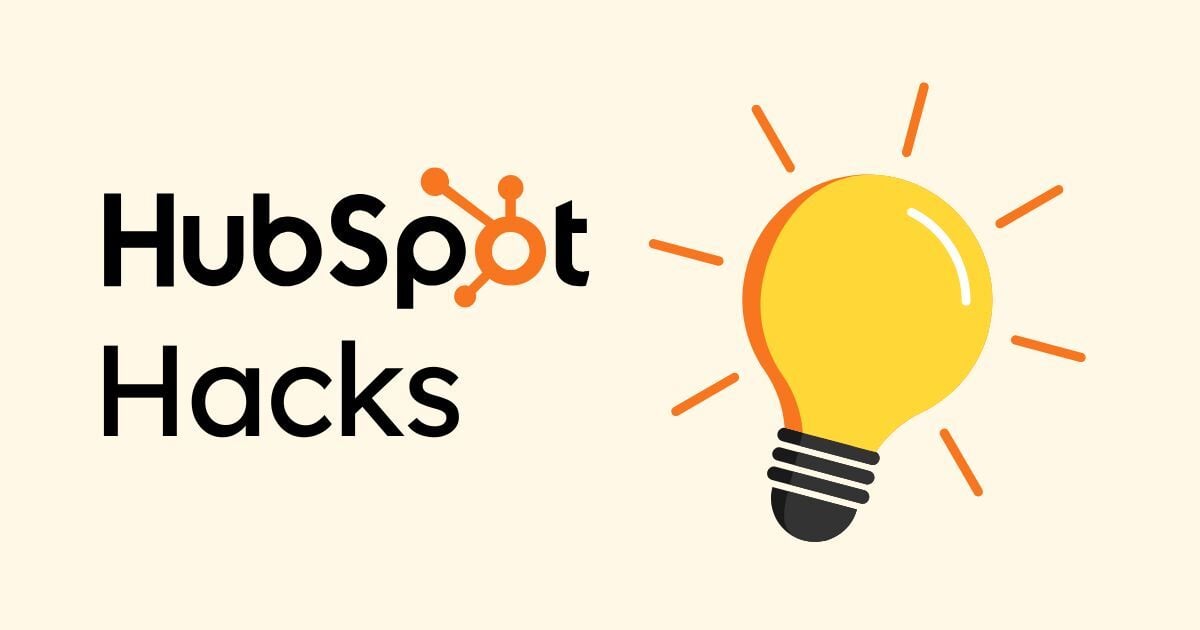
The 7 Keys for New and Smaller Hedge Funds to Raise Assets

Astute, proactive funds are always focused on forward opportunities to raise assets. To be optimally prepared and positioned, the following 7 key marketing points are offered to help new, sub-$100 million AUM managers and sub-institutional funds with marketing and raising assets.
- Marketing and Fundraising: Distinctly separate but critically complementary.
Marketing and raising assets for new or sub-$100 million AUM funds are completely different than for a larger, more-established or seasoned fund. The fact is marketing and raising assets are distinctly separate but complementary processes. As such, the biggest problems for most new and sub-institutional funds are they don’t understand the difference between the two, don’t know what’s right to do and how to do it. This leads to lots of “guesswork”, poor choices, inconsistent behavior and fatal mistakes all adding up to wasted time, money and effort, culminating with constant difficulty, frustration and failure raising assets.
- Hope is not a strategy.
Most new and smaller managers believe that investment performance will be enough to attract investors as well as the sole catalyst to raise assets. Typically, these funds experience little to no AUM growth and chronically fail raising assets. The fact is the decision to invest in a hedge fund is now based on a large, expanding and ever-changing set of qualitative and quantitative factors well-beyond pure investment performance. It’s a negative selection climate. Meeting the unique demands of investors, heightened operational requirements and a dynamic regulatory environment have elevated the importance of marketing. Moreover, the perspective that the allocation decision is based on investment performance alone leads many new and smaller managers to “chase institutional unicorns” in the hopes of landing large allocations. The candid truth is for new and smaller funds; institutional allocations are more fantasy than reality. The pursuit of institutions is analogous to winning the Powerball lottery as a wealth strategy. True, a few people win millions in Powerball – that doesn’t make it a sound approach.
- Act with a sense of accountability.
YOYO=You’re On Your Own! New and smaller funds must embrace the fact that until they firmly reach the “institutional AUM threshold” i.e. $200-$300 million AUM, the marketing function is entirely on their shoulders. Marketing is completely an internal responsibility that requires a 24/7 full-time commitment. From experience, many new and smaller funds have the belief and expectation that prime broker cap intro or an individual independent salesperson or organization will raise assets on a “commission-only/performance basis”. This is erroneous. External assistance in the form of quality attention from PB cap intro and 3rd party marketing from “reputable and qualified” individuals or firms only become viable options once a fund firm establishes a substantial track record in terms of organizational longevity (typically 2-3 years), asset size (minimum $150 million AUM) and investment performance (exceptional peer out-performance along with few, if any, significant drawdowns). (Caveat Emptor: There are MANY “marketing” individuals and firms in the “retainer” business!)
- When marketing eliminate ego.
We are all use to strong personalities and the character traits that comprise most fund managers. The conviction and confidence managers attain from their investing skills often leads to “organizational skill drift” in that they develop marketing collateral without the benefit of marketing research and professional assistance. The development of marketing content and collateral is best left to marketers! Unfortunately, most managers under-appreciate the skill set of marketers. The development, display and delivery of the fund message are critical and those activities must be solidly in the hands of professionals. The production of collateral, content and presentations without the benefit of experienced, professional guidance and input is a set-up for poor marketing execution and consistency leading to sub-optimal outcomes raising assets.
- Marketing & Raising Assets: It’s eHarmony NOT Tinder!
Naturally, most new and smaller funds have a sense of urgency and expedience raising assets. However, despite the transactional nature of investing, RELATIONSHIPS DRIVE ALLOCATIONS! EVERY ALLOCATION IS AN ACT OF TRUST! To that end, it takes considerable time and patience to form a relationship with an investor to achieve the critical level of “actionable conviction” that produces an allocation. Understanding the investor and enabling each investor to understand the distinctive aspects of the fund, the distinguishing characteristics of the principals and the fund’s competitive differential requires a consistently thoughtful and careful approach. The online dating culture is a good example. On one end of the spectrum, there is the “hook-up” mentality reflected by Tinder (swipe to the left or right and voila! Possible immediate gratification!) on the other end, is eHarmony, a deeper dive into the determining the qualitative aspects that purportedly lead to more fulfilling “long-term” relationships!
- Conferences! It’s not Cheers!
Most new and smaller funds have little investor visibility and awareness. Going to a conference is not like going to the famous bar Cheer’s, “where everybody knows your name!” Conferences and similar industry events tend to be a poor use of time, money and effort for new and smaller funds. Typically, these are “institutional unicorn hunts”. The most suitable and appropriate investors for new and smaller funds, ultra-high net-worth individuals and single family offices (SFOs), rarely attend these events. Moreover, those that do attend are largely experienced conference attendees with a tight agenda, there to network, (the real decision makers are generally in absentia!). As such, for the most part, most attendees are mentally unapproachable and getting “quality” attention is next to impossible. Doing “marketing drive-by’s” i.e. distributing pitchbooks and business cards to almost anyone at the event that displays even perfunctory interest is a waste of time.
- Don’t hire service providers, hire partners!
Last is most important: When selecting a prime broker, attorney, accountant, fund administrator, operational consultant, compliance firm, technology vendors and marketer choose a partner! How do you discern between a service provider and a Partner? A “service provider” simply delivers services as contracted, hopefully in a timely and professional manner at a reasonable price. A “partner” is a new or smaller fund’s intelligent execution interface, a highly trusted and valuable contributor that proactively and consistently scours the competitive landscape to efficiently deliver accurate information, objective insight and experienced intelligence to enable a fund/firm to avoid mistakes and more importantly, always optimally position itself for success. Partners cost more. The value of a partner pays for itself. You can’t build a world-class business on the cheap. Step-up buttercup! You get what you pay for!
The ability to raise assets is a direct result of the quality, volume, intensity & execution consistency of marketing
—
Bryan Johnson is Managing Partner at Johnson & Company, a firm which guides new, sub-$100 million AUM funds and sub-institutional managers through regulatory, operational, strategic, tactical, technological and financial requirements and challenges involved in marketing and raising assets.

Editor’s Picks
If you've been living inside HubSpot like we have, you know the true magic is in the small, hidden tricks—those little shortcuts that save hours and...


Connect with us to discover how we can help your business grow.
.jpg)
